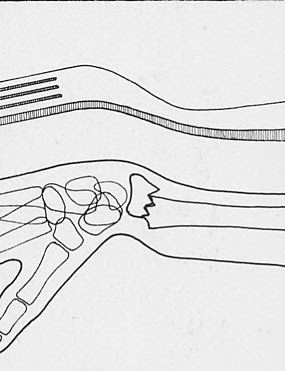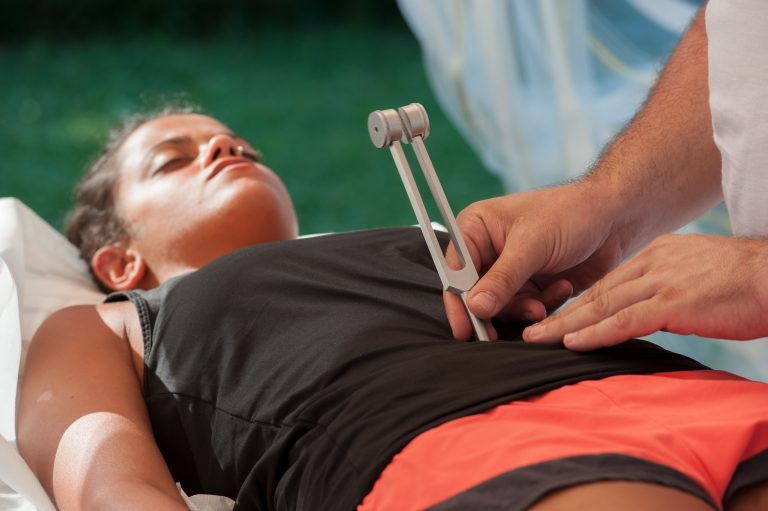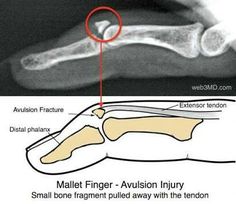

If the result is a sound of a diminished or subsided tone, then it would mean that the body part is fractured or injured. If the outcome is a clear transmission, the bones would be unbroken or uninjured. Strike the Tuning Fork and put its vibrating tines on the body part while using the stethoscope to listen to the sound created. How is it done? A doctor or a medically trained person can do so by placing the Tuning Fork and the Stethoscope across the assumed break or fractured body part, adjacent to each other. With the power of these two devices, you can accurately locate any fracture bones and may even replace the well known X-ray machine. To determine whether a person has a fractured or broken bone, you must simply have a Tuning Fork and Stethoscope, a device for medical purposes to listen to human's and animal's body, internally. How you may ask? Well it is quite simple. The Tuning fork, though not very often, can be used find any fractures in your bones.
#USING A TUNING FORK FOR FRACTURES DRIVERS#
Ranging from medicinal purposes to catching unsafe drivers on the highway, this little device has more to it that you can see or hear. How can the Tuning Fork be used for Different Purposes? Īlthough the Tuning Fork may seem only just to be a device to properly keep instruments in tune, it has been used for different purposes. A tuner can pick up these sound waves and display its readings. When a key or note of an instrument is played or struck, it produces sound waves of a high or low frequency, depending what note is being played. Want a more scientific understanding? Keep in mind that the electronic tuner can be compared as a radio receiver. After "listening" to note, the tuner displays what note is being played and the type of frequency it is through musical notes and with the help of LED lights. Instead of producing a sound, the tuner listens to instruments while the musician plays a note in their instruments. Do you remember how the Tuning fork emits a single note and the musician must listen carefully to tune their instrument? Well, the electronic tuner does the opposite. A more universal apparatus is the electronic tuner, a device that has the same purposes to that of a tuning fork but an opposite methods. Now, the Tuning Fork isn't exactly a device that is more commonly used by musicians. This key becomes the matching pitch as instruments would have to be tuned to "concert A" to properly sound in harmony.

If we were to talk scientifically, this single note would be the frequency of 440 Hz or in more musical terms, the note "concert A". It is the Tuning Fork's job to provide a single note that an instrument or maybe even an orchestra can tune to. If, for example, an instrument such as a a piano or a guitar have a component or key that is a out of tune then the whole instrument wouldn't sound right. Here is a visual representation of how the Tuning Fork emits sound.Ī Tuning Fork is to obviously tune instruments or voices to the right pitch. Compression and rarefaction are the pressure areas that collectively form a sound wave, thus creating the sound of a hum. Note that the rapid movements of the tines are scarcely visible but the sound particles they create are not. Rarefaction is a low-pressure area that is directly adjacent to compression area, in which the air particles are spread out when the tines move back to each other. This movement causes air molecules to compact with each other, forming a single area in which the air particles are bunched up together. Compression is a high-pressure area that is formed when the Tuning Fork's tines are moving apart from each other. These air molecules can create two kind of pressure areas compression and rarefaction.

The air molecules surrounding the tuning fork when struck, are displaced as fluctuating against each other. When the tuning fork is struck, it emits very fast waves that crash against air molecules, creating echo.


 0 kommentar(er)
0 kommentar(er)
